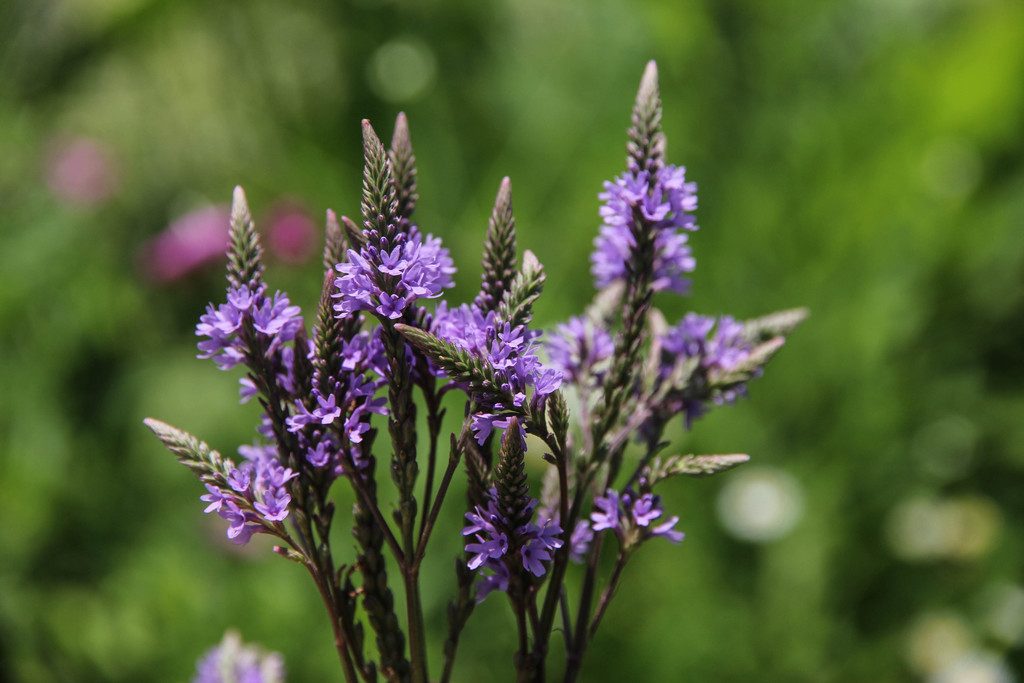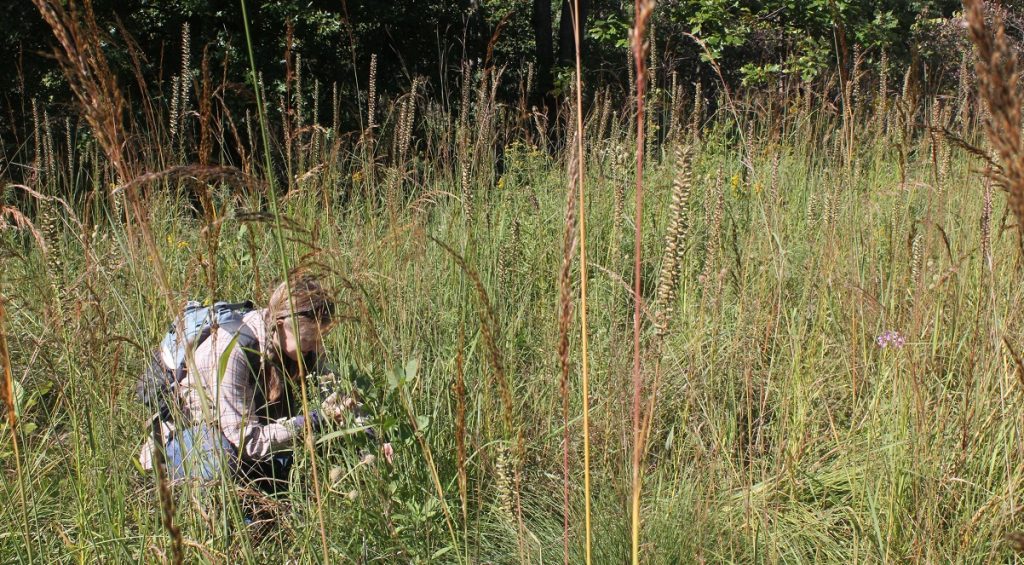Known to all birders, a “big year” is a competition to spot the most bird species within a given area in one year. Competition areas can be as large as the entire world to as small as a city park, but the popular competitions are country-(e.g. ABA), state-, or county-wide.
And so, why not a similar competition for plants?

In 2016, the Illinois Native Plant Society (INPS) hosted the first Illinois Botanists Big Year. The website and mobile app iNaturalist made the competition possible. iNaturalist enables anyone, from professional botanist to plant ID novice, to upload photographic proof of their plant1 sightings to a public, online database. The user enters their identification of the plant, along with GPS location2, date of sighting, and any field notes, and others from the community may agree with or provide an alternative identification. Users may also choose to retain control over their identification, though that is not the default setting.
A level of quality control is built into the contest – observations must be “research grade” in order to count toward the contest. That is, it needs to be wild/naturalized (i.e. houseplants, landscape plants, and botanical garden specimens won’t count), it needs to have a photo, date, and location, and at least one additional person must agree with the identification of the plant. If there is a disagreement about the identification, additional users must weigh in their thoughts and the community must come to a majority consensus on the identification in order for the observation to reach research grade. Because the community can help with identification, users need not be plant experts and can learn quite a bit about plants by participating in the contest.
In 2016, four people in Illinois really took up the challenge and set out to find as many plants in Illinois as they could. The 2016 Illinois Botanists Big Year winner was Evan Barker with 877 species. It was a close race between the top four: Barker (evan8), Erin Faulkner (elfaulkner), Mark Kluge (sanguinaria33), and Corey Lange (coreyjlange) were each in 1st place at some point during the year. In total, there were 11,203 observations of plants added by 395 people (stats as of 1/23/2017). Of those, 9,360 observations reached research-grade. A total of 1,365 species were identified, including subspecies. At least one, Stellaria corei (Tennessee starwort), was the first documentation of that species growing in Illinois.
The Illinois Native Plant Society is running the contest again in 2017. In order to count toward the 2017 contest, observations must fit the following rules:
- Must be a plant (bryophytes and vascular plants – native and non-native species are accepted)
- Observation must be within Illinois
- Must be observed between the dates of January 1st, 2017 and December 31st, 2017
- Observation must be “research grade.” That means it must be “wild/naturalized” and that you need a photo, date, location, species identification, and for someone else to confirm your species identification’s accuracy
View the current leaderboard on the INPS website and join the Illinois Botanists Big Year group on Facebook.
Why not start a competition in your own state or county? The setting up portion would include a webpage with the contest rules and a link to or an embedded contest leaderboard. A few tips:
- I have the leaderboard set up on the INPS website as an embedded iframe3 of the following page: http://www.inaturalist.org/
observations/stats?place_id= . The place_ID is restricted to Illinois (place_ID 35). You can also see the date (January 1st, 2017 through December 31st, 2017), taxon (plants, which is # 47126), quality grade (research), and taxon rank (species or subspecies) are included in that URL. For Wisconsin, for example, the link would just change to place ID 32.35&taxon_id=47126&d1=2017-01- 01&d2=2017-12-31&quality_ grade=research&hrank=species& lrank=subspecies - Of the 4 people who really went all out with the 2016 Illinois Botanists Big Year this year, 3 had extensive previous experience using iNaturalist. I would recommend looking at the top iNaturalist users in your area and informing them of the contest.
- It takes quite a bit of effort to ensure observations get verified by another person. Reach out to iNaturalist users and regional experts to get their help to confirm (or refute!) the identification of plant species. iNaturalist’s Identify page makes it really easy to go through many observations quickly to identify and/or mark as reviewed. First filter the page by plants, location, and date observed, then use the keyboard shortcuts to identify, mark as cultivated, or mark as reviewed.
- It took a few days of combing through data in January 2017 to ensure there weren’t cultivated/landscape or obviously incorrectly identified plants included in the results. I compared the species found in 2016 to a database of known Illinois native or naturalized plants. One is able to export all of the observations after the end of the contest in order to look for those types of errors and get the most accurate numbers.
- Here is a Getting Started guide on iNaturalist.
- iNaturalist also has a great Help Forum.
Feel free to contact me with any questions: cassisaari@gmail.com
Footnotes
1. iNaturalist is actually for recording observations of any life forms, not just plants. Plants, animals, fungi, protozoa – everything!
2. Obscuring the location of rare species is built into iNaturalist – the GPS location of threatened, endangered, and many rare species is automatically obscured from public view. Users may also mark their locations as completely private. This isn’t without flaw, as if one uploads 50 observations in a day with 49 public location observations and 1 obscured/private location observation, others can make a pretty good guess as to the location of that obscured/private rare species. Other websites like Herpmapper solve this problem by making all observation locations visible only to the county level, which protects rare/poached species, but at a significant cost to the amount of data available to the public, the vast majority of which have good intentions.
3. If you are able to hire or know a developer who could volunteer their services, the iNaturalist software is actually open source, so one could find a prettier way to incorporate the leaderboard statistics into your website. I lack those skills, so I just have that embedded iframe for the leaderboard for now.


Good idea. There is one of these for Ontario, Canada -> http://inaturalist.ca/projects/ontario-botanists-big-year-2018